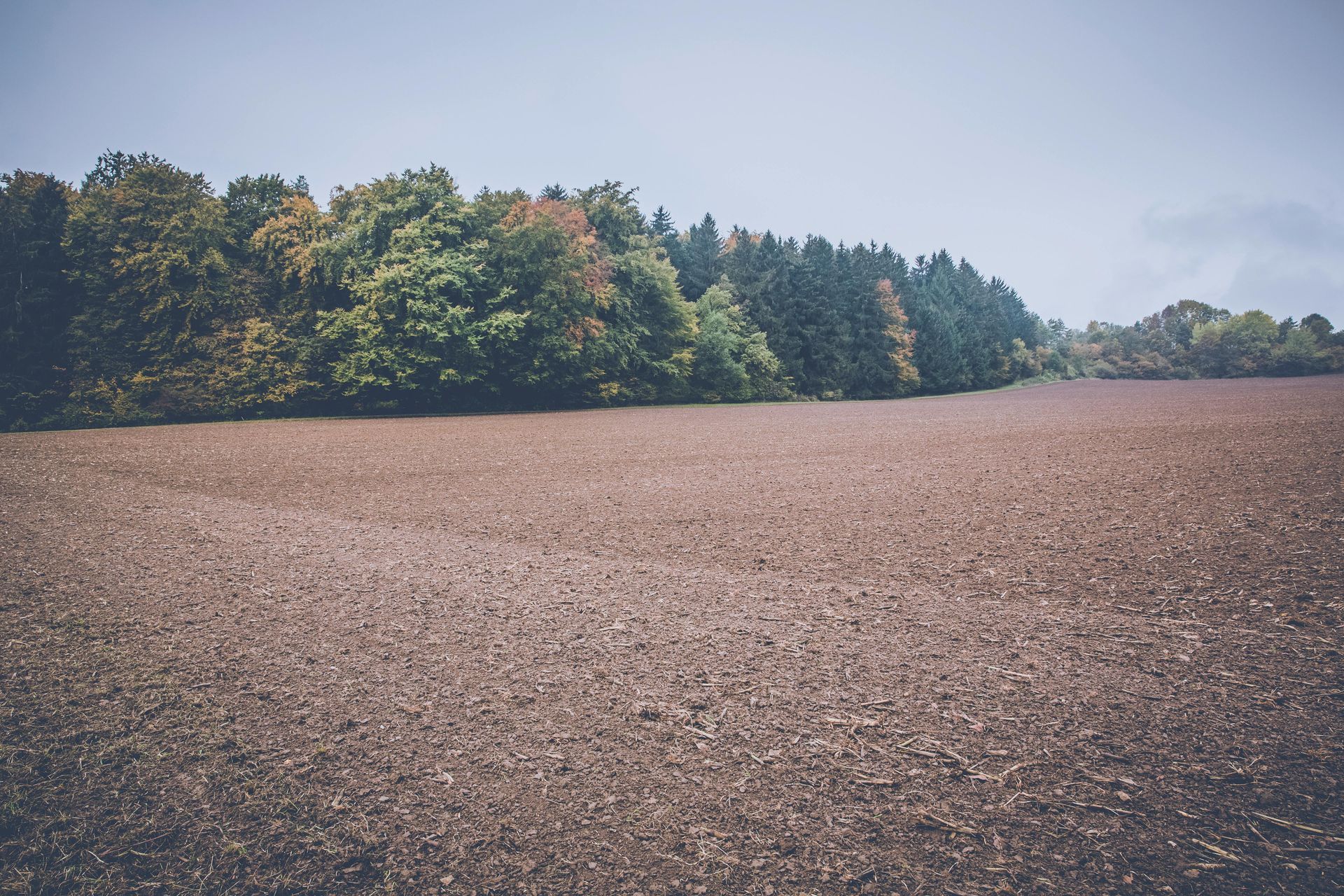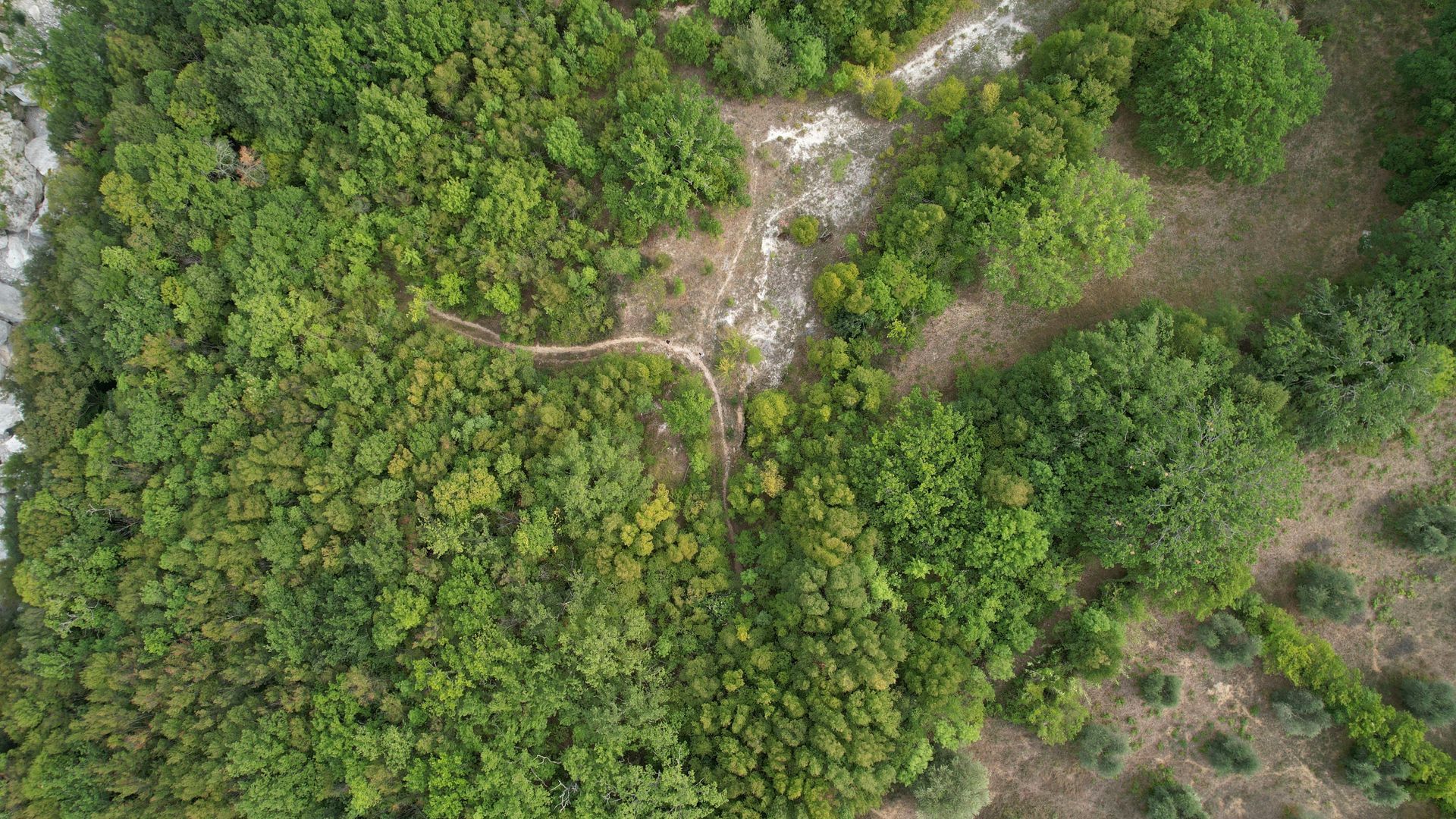Erosion Control and Soil Stabilization Best Practices for Your Property
When you invest in your land, whether it is a residential lot, farmland, or commercial property, you want it to stay secure, usable, and valuable. One of the most overlooked challenges landowners face is erosion. You may not think much about soil washing away until you see deep ruts after a heavy rain or notice water pooling in areas where you never had issues before. Over time, uncontrolled erosion can cause serious damage. It can make building projects more expensive, create safety concerns, and reduce the overall value of your property. That is why erosion control and soil stabilization should never be an afterthought.
Erosion happens naturally when wind or water displaces soil, but human activity often makes it worse. When you clear land, put in a driveway, dig a pond, or prepare a site for construction, you change the way water flows across the property. Without the right planning, water will take the path of least resistance, carrying soil and sediment with it. If you have ever seen a gully forming where there used to be grass or noticed sediment washing into a pond or ditch, you have witnessed erosion at work. The good news is that with proper techniques, it is possible to protect your land and keep it stable long term.
One of the most effective strategies for controlling erosion is grading. Proper grading ensures water flows where it should, rather than cutting new paths across your property. By sloping the land in the right direction, you reduce the chance of water building up and creating weak spots. This is not just about pushing dirt around with a machine. It requires expertise, because the wrong angle can make matters worse instead of better. Our team has years of experience in reading land, setting grades, and shaping terrain so that it holds up against weather and heavy use.
Another important method is installing drainage solutions. If your property tends to hold water after a storm, you need a way to guide that water safely off the land. French drains, culverts, and swales can make all the difference. Instead of flooding areas and eroding topsoil, water is collected and channeled in a controlled manner. Each property is different, so it is not a one-size-fits-all approach. You might need something as simple as a shallow swale lined with grass, or as complex as a system of drains and pipes that connect to an outflow. Either way, the right drainage system will protect your soil and your investment.
Vegetation also plays a vital role in erosion control. Grass, shrubs, and trees do more than make a property look nice. Their root systems hold the soil in place and slow down water as it runs across the surface. That is why cleared land is especially vulnerable. Without vegetation, there is nothing to anchor the soil. In many cases, planting grass or using erosion control blankets until grass takes root can help stabilize the soil quickly. On slopes or banks, specialized plantings with deeper root systems may be needed. We often advise landowners on the best vegetation to use for their soil type and property goals, because getting it right the first time saves a lot of future headaches.
There are also protective materials that can be used during and after construction. Silt fences, straw wattles, and geotextiles are designed to keep soil in place until vegetation or permanent solutions are established. These tools are especially important when a site is under development, since bare soil is more likely to wash away. While they may seem like simple add-ons, using them properly can make the difference between a stable site and one that turns into a muddy mess after the first storm.
In some situations, soil stabilization techniques are required. This involves treating the soil to increase its strength and resistance to erosion. Methods can include compacting, adding lime or cement to bind the soil, or using aggregates to improve stability. For example, a driveway or foundation site often needs stabilization before it can support vehicles or structures. Without it, you may find yourself dealing with ruts, sinking, or cracking surfaces. Our crew has the equipment and knowledge to test the soil and recommend the right approach, which means you do not waste money on temporary fixes that fail down the road.
It is also worth mentioning that erosion control is not just about protecting your own land. Unchecked erosion can impact neighboring properties and waterways. Sediment that washes into ditches, ponds, or streams can cause blockages and environmental issues. Local governments often require erosion control measures during construction for this very reason. Working with professionals ensures you are not only protecting your investment, but also staying compliant with regulations that might otherwise slow down or complicate your project.
As a landowner, you may not always know where to start. You see the problem, but the solutions can feel overwhelming. Do you bring in more dirt, add grass seed, or dig a trench? Without guidance, you could spend money and time on the wrong solution. That is where a company like Shamrock Dirt & Forestry comes in. We have the machinery, the manpower, and the experience to evaluate your property and put a real plan into action. More importantly, we do not just treat the symptoms. We look at the root cause of erosion and design solutions that work long term.
If you are preparing to build, now is the perfect time to think about erosion control. The earlier you plan, the easier and more cost-effective it is to stabilize the soil. If you already have a problem, do not wait for it to get worse. Erosion rarely fixes itself. Those small ruts will grow deeper, the water will cut new paths, and the cost to repair the damage will only increase. Taking action now saves money and protects your land for the future.
At Shamrock Dirt & Forestry, we take pride in doing this work the right way. Our team knows the soils of Tennessee and Kentucky, the challenges of our weather, and the best practices for each type of property. We do not just move dirt, we provide solutions that give you peace of mind. Whether you need grading, drainage, vegetation planning, or soil stabilization, we are ready to put our expertise to work for you.
Your land is one of your most valuable assets. Protecting it from erosion is not just about preventing damage, it is about making sure it continues to serve your needs for years to come. If you want a partner who understands the science and the practical side of erosion control, reach out to Shamrock Dirt & Forestry. We will come out, take a close look at your property, and put together a plan that works. Do not let erosion chip away at your investment. Let us help you stabilize your soil, secure your property, and give you confidence every time the rain falls.



